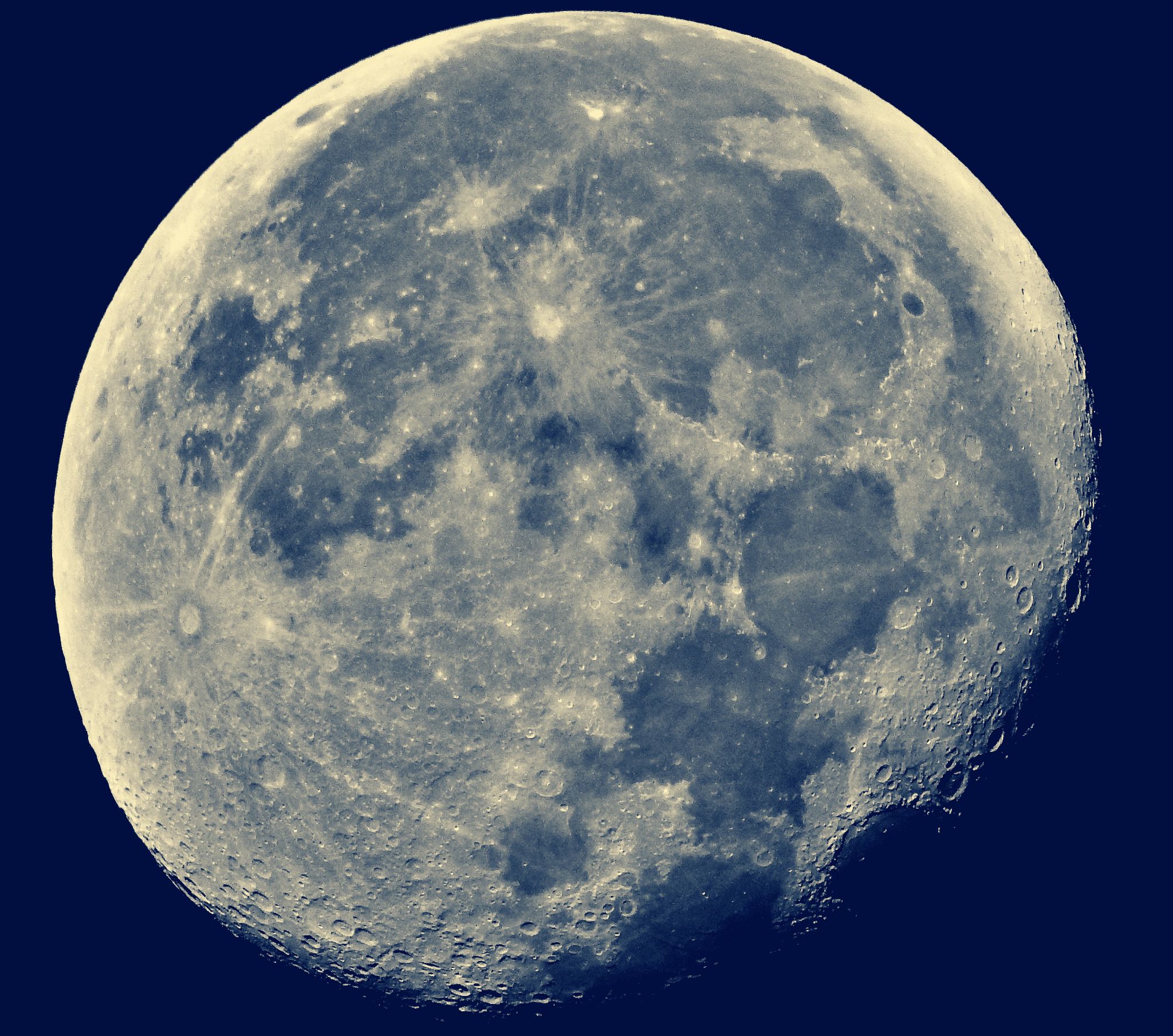EarthSky Community Photos
Submit your photo here. Comment or upvote on photo pages. Search via photographers' names. More improvements coming! To help, please donate.

Singapore
06:33 am
Nikon Coolpix P900
Minor adjustment to brightness and contrast made without altering the original photo.
This photo was taken this morning on the 29th of May when the moon is in its waning gibbous phase and 91.2% illuminated. It was about 364,759 km away from Earth and normally the details of the moon are seen more clearer in this phase then during the full moon phase. Almost all the moon's significant craters and mare are visible in this picture. It is truly amazing at that distance from Earth, a point and shoot camera could capture an image. I had read from various sources and got this information from Mare/Lunar Feature/Britannica :
"The maria basins were formed beginning about 3.9 billion years ago during a period of intense bombardment by asteroid-sized bodies. This was well after the lunar crust had cooled and solidified enough, following the Moon’s formation, to retain large impact scars. Then, over a period lasting until perhaps three billion years ago, a long sequence of volcanic events flooded the giant basins and surrounding low-lying areas with magma originating hundreds of kilometres within the interior. Although the recognized giant impact basins are distributed similarly on the near and far sides of the Moon, most of the far-side basins were never flooded with lava to form maria. The reason remains to be clarified, but it may be related to an asymmetry of the Moon’s crust, which appears to be about twice as thick on the far side as on the near side and thus less likely to have been completely ruptured by large impacts. Most of the maria are associated with mascons, regions of particularly dense lava that create anomalies in the Moon’s gravitational field'.








